Guadalcanal
(This is the fourth in a series of accounts of the voyage of RV PETREL and RDML Sam Cox in search of the war graves of some valiant Americans. It was tense, violent and unforgiving to take back this small portion of the South Pacific from the invaders. But it marked the turn of the Pacific War. – Ed)
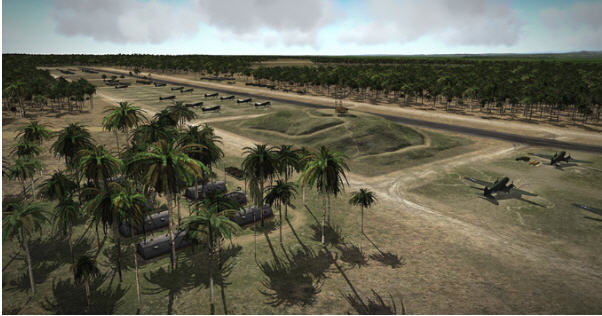
Sam says: “As I arrived at Honiara International Airport (formerly Henderson Field, the name still on the tower) on 1 January 2019, it was clear that Guadalcanal was not quite as far off the beaten path as it was in 1942 when Imperial Japan and the United States waged a brutal months-long campaign for control of Henderson Field.
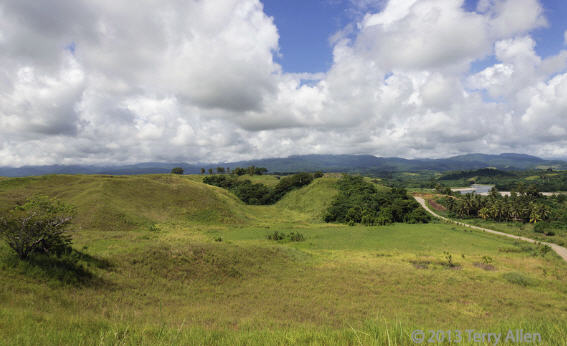
From the runway I could see “Bloody Ridge,” one of several immortalized places on the island where U.S. Marines, and later U.S. Army troops, fought valiantly and at great cost to prevent repeated Japanese counter-attacks from regaining control of the airfield that the Japanese had originally begun to build.
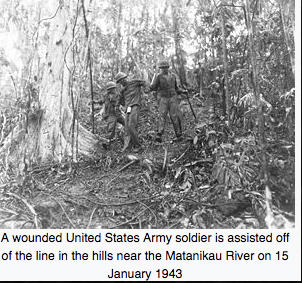
I could also see Mount Austen, site of a modern Japanese memorial to the over 20,000 Japanese soldiers and sailors who died in vain trying to re-take the airfield.
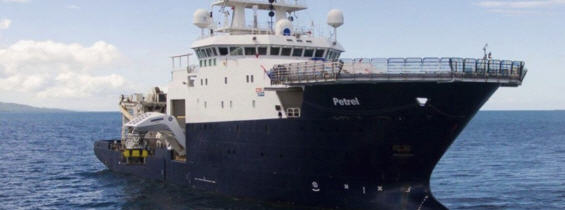
As I stood on the bridge of the research vessel PETREL with its sweeping view and my first sight of the waters north of Guadalcanal, I admit to being overcome with emotion, literally choking up and barely able to speak for several minutes. Although the sea was calm, the sky overcast but not threatening, a typical late tropical afternoon, I knew that unseen under those placid waters were about 30 U.S. Navy ships, and another ten or so in waters adjacent to Guadalcanal.
Almost 5,000 U.S. Navy Sailors had died in five major night surface battles, two aircraft carriers versus aircraft- carrier duels, and dozens of smaller but deadly naval battles for control of the sea, and countless dogfights for control of the skies over the sea.
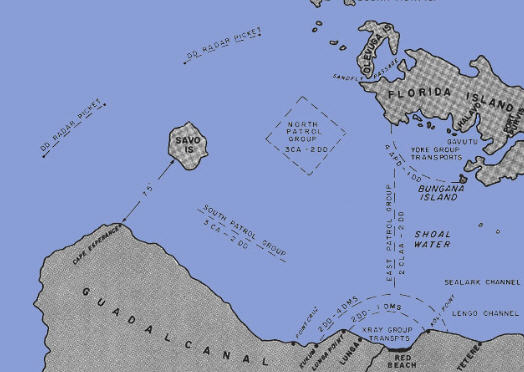
From where I was standing, in about a 60 degree arc, I could clearly see the sites of all five surface battles; Savo Island, the worst defeat for the U.S. Navy at sea in history (9 August 1942); Cape Esperance, a narrow U.S. victory (11-12 October); the suicidal bloodbath for both sides of 13 November, and the costly but decisive U.S. naval victory on 14-15 November; and Tassafaronga, yet another terrible U.S. defeat, but which did not change the outcome of the campaign (30 November.)
So many U.S. and Japanese ships were lost in these waters that they became known as Iron Bottom Sound.”
The story of the search for our ships and our shipmates continues tomorrow.
Copyright 2019 Sam Cox
www.vicsocotra.com
